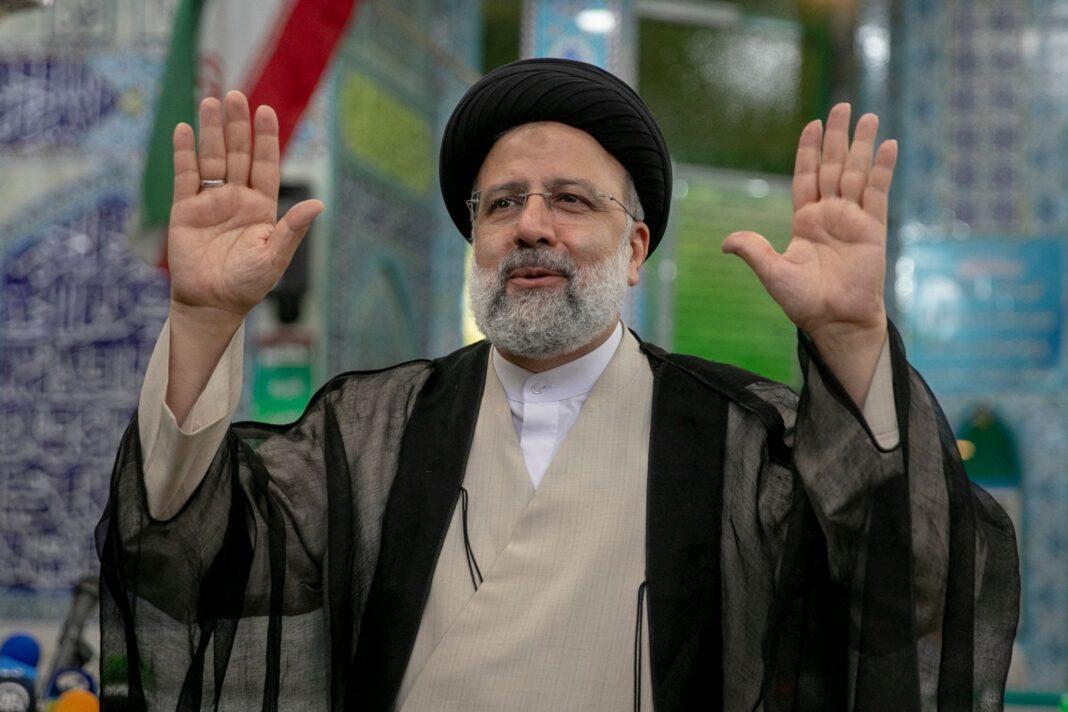The tragic helicopter crash that claimed the life of Iranian President Ebrahim Raisi has reignited discussions about the broader impact of US sanctions on Iran, particularly on its aviation industry. The incident occurred on a Bell 212 helicopter, a US-manufactured model that ceased production in 1998. The crash, which happened in northwest Iran, has been partly attributed by former Iranian officials as the impact of us sanctions.
The Incident
On a foggy Sunday, President Raisi, along with several senior officials, was on board a Bell 212 helicopter that was forced to make a “hard landing” and ultimately crashed into a mountain. Images from the crash site showed heavy fog, which may have contributed to the accident. While the exact cause remains under investigation, the aging aircraft has come under scrutiny.
Impact of US Sanctions
Former Iranian Foreign Minister Mohammad Javad Zarif pointed the impact of US sanctions as a contributing factor in the crash. In a phone interview with state TV, Zarif suggested that the sanctions have severely restricted Iran’s ability to maintain and update its aviation fleet. These sanctions prohibit Iran from purchasing new US-built aircraft or parts, complicating efforts to keep older models like the Bell 212 in safe operating condition.
History of Sanctions
The US has imposed various sanctions on Iran since the 1979 seizure of the US Embassy in Tehran. These sanctions have been tightened and expanded over the years, with significant economic measures reinstated in 2018 after the US withdrew from the Joint Comprehensive Plan of Action (JCPOA), commonly known as the Iran nuclear deal. The sanctions specifically targeting the aviation industry prevent Iranian airlines from purchasing aircraft that contain more than 10% US-made parts. As an impact of US sanctions it has led Iran to rely on older aircraft and a struggle to source necessary components for maintenance and safety upgrades.
You may like to read the impact of US sanctions on Iran
Aging Aviation Fleet
Iran’s commercial and governmental aviation fleets are among the oldest in the world. According to Bloomberg, the average age of Iranian aircraft is over 25 years. The impact of US sanctions were severe. This situation is exacerbated by the inability to procure new planes or spare parts from Western manufacturers due to the sanctions.
The Bell 212, which entered service in 1968 and stopped being manufactured in 1998, exemplifies the type of aging aircraft still in use in Iran. Maintaining such an outdated fleet poses significant safety risks, as evidenced by multiple crashes involving older models over the years.
Previous Bell 212 Crashes
The Bell 212 has a long service history with several notable incidents. For instance, in 2009, a Bell 212 operated by Cougar Helicopters crashed off the coast of Newfoundland, Canada, due to an engine oil pressure loss, resulting in 17 fatalities. More recently, in September 2023, a private Bell 212 crashed off the coast of the United Arab Emirates. These incidents highlight the potential dangers associated with older aircraft, particularly when maintenance and parts are difficult to obtain.
You May Also Like To Read
Announcing Missile Sanctions : Iran’s Defensive Dilemma Amidst International Condemnation
USA Intensifies Sanctions on Iran Following Unprecedented Attack on Israel
Broader Impacts of US Sanctions
The crash that killed President Raisi underscores the broader implications of the US sanctions regime. While the sanctions aim to exert pressure on the Iranian government, they also impact critical infrastructure and safety in sectors like aviation. Former Foreign Minister Zarif’s comments reflect a sentiment within Iran that these sanctions not only hinder economic progress but also jeopardize lives by restricting access to essential maintenance and safety upgrades.
The death of President Ebrahim Raisi in a helicopter crash involving an aging US-manufactured Bell 212 has brought renewed attention to the adverse effects of US sanctions on Iran’s aviation industry. The inability to purchase new aircraft or parts due to these sanctions has left Iran with one of the oldest aviation fleets in the world, posing significant safety risks. As Iran continues to navigate these challenges, the tragic incident serves as a stark reminder of the far-reaching consequences of international sanctions.



